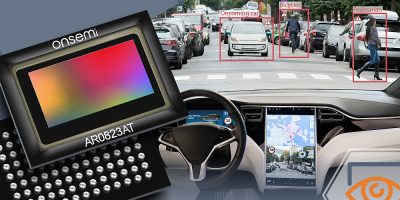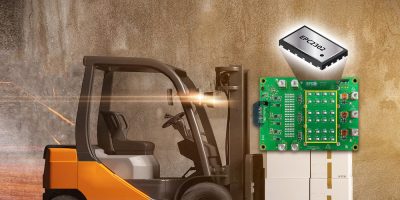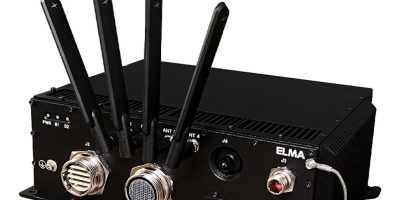With a 2.1 Microm pixel size, 150dB high dynamic range (HDR) and LED flicker mitigation (LFM) across the full automotive temperature range, the onsemi Hyperlux family is claimed to provide high performance, speed and advanced features to propel the next generation of Advanced Driver Assistance Systems (ADAS) forward. It also enables a smooth transition to Level 2+ driving automation, which requires the driver to take over only when alerted by the technology.
The Hyperlux family spans products with resolutions from 3 megapixel (MP) to 8MP and higher, catering to both sensing and viewing camera applications. With an HDR of 150dB, it claims to capture high quality images under extreme lighting conditions without sacrificing lowlight sensitivity. The LFM capability of the platform ensures that pulsed light sources do not appear to flicker and thereby avoids flicker-induced machine vision issues.
The simultaneous HDR and LFM capabilities ensure that the potential hazard can be identified in either very dark or bright scenes, critical to ADAS and in-cabin applications, said the intelligent driving sensor business unit at Desay SV. With the new Hyperlux technology, automotive OEMs and tier ones can expect proven high performance in all operating conditions to accelerate more advanced safety and convenience features, it added.
The Hyperlux product family claims to boast the industry’s lowest power consumption and smallest footprint. By using up to 30% less power and having an up to 28 per cent smaller footprint than competing devices, the automotive image sensors are claimed to deliver energy-efficient designs with the lowest system material cost. As more electronic content, including image sensors, is added to cars, the content needs to be as small as possible to fit in existing designs while not disrupting the internal and external style of the vehicle.
As vehicles become more connected and move closer to autonomy, the importance of safety and security is more critical than ever, said onsemi. It claimed its knowledge of automotive applications and trends, along with its engineering expertise in image sensing, enables its customers to develop next-generation products that bring it closer to the Vision Zero initiative, a strategy to eliminate all traffic fatalities and severe injuries.
Hyperlux is designed to meet the safety requirements of Automotive Safety Integrity Level D (ASIL D) systems, while integrated security gives the highest coverage to cybersecurity threats. These sensors also offer a dual output stream at differing resolutions, allowing sensing and other functions to be performed simultaneously. Designers can benefit from the flexible architecture for the use of a single camera for multiple functions, reducing design time, risk and cost.
The first two sensors of the Hyperlux product family, AR0823AT and AR0341AT, are now sampling.
Onsemi will be exhibiting at AutoSens Detroit, 9-11 May 2023.







